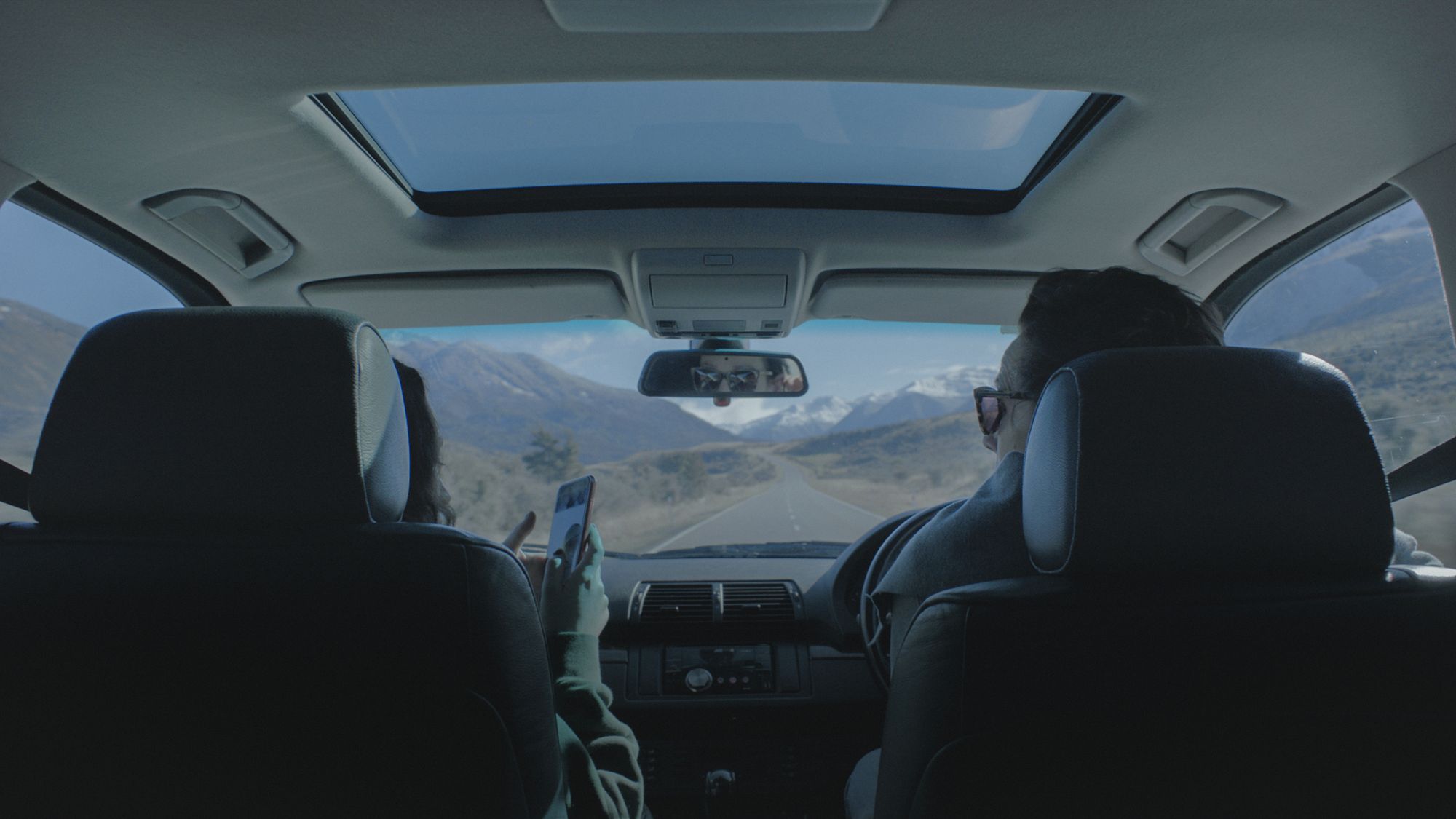
Whilst a spa retreat may seem like the ultimate luxury and a perfect setting for some familial bonding, Lucy Knox instead uses the idyllic locale to house her tormented drama short Hot Mother, with the surrounding expansive mountains of Aotearoa serving in direct opposition to the confined and tense atmosphere playing out inside. Knox’s naturalistic approach deftly captures the bickering, acerbic relationship that exists between its mother-daughter duo, an idea that she felt the need to explore after spending time with her family on holiday. The short thrust its audience directly into the uncomfortable chill between the two women, brilliantly played by Alison Bruce and Erana James, before leading us into the oppressive tension of their relationship which all comes to a head in the steam room. Hot Mother is a film which will stick in your mind for a lot longer than you may want it to and one that we were eager to speak to Knox about below, learning why she took a restrained approach to the cinematography, how it changed shape during the edit and writing the script with her lead performers in mind.
The mother-daughter relationship is such a rich topic to explore, what made you tread down that particular narrative path?
There are elements from my own life in the characters’ relationship which I wanted to put within the framework of a mother-daughter holiday, where a random accident quickly turns their regular day into a nightmare. That overarching plot is a simple premise, but developing the mother-daughter relationship required more reflection. The initial idea for the film came while I was on a family holiday; I was inevitably reflecting on my relationship with my family over the years. Later, when discussing this experience with friends, I realised many of us held guilt over how we treated our parents as moody teenagers. I wrote this to create a film that explored a mother-daughter dynamic, filled with teenage tempestuousness, within this contained and intense environment.
We wanted most of the film to be controlled, up until those last couple of scenes in the sauna where the camerawork was more handheld and reactive to the actors’ impulses as they reconnect.
Apart from university projects, this was my first digital short film. My previous short films had been shot on film, which is a bit more visually romantic, but with this story I really wanted to create an austere tone, and make the cinematography very restrained – and use clean lines to box the characters in.

In terms of the writing – it is both poignant and relatable, how long did you work on the early drafts before arriving at the final script?
The script’s first draft came together quickly over two days as it’s a straightforward premise. From there, it was just dialogue tweaks to develop the relationship between mother and daughter, which I worked on, on and off, over a couple of months as the characters became more formed.
The sauna scenes were tough to shoot; it was very emotionally gruelling for them to have to physically return to the sauna box to start shooting.
The performances from Alison Bruce and Erana James are so spot on, how did you find them and then work with them to bring out that intense dislike yet palpable love?
I’ve been a fan of both Alison and Erana for years; it was really them that I wrote it for. They’d worked together before and already really love each other from having known and worked together, so the existing relationship was already there. Bringing out the animosity was harder! The sauna scenes were tough to shoot; it was very emotionally gruelling for them to have to physically return to the sauna box to start shooting.

You mentioned wanting to take a controlled approach with the cinematography, how was that visual treatment informed by Naomi and Sofia’s relationship?
I was a big fan of Cinematographer Adam Luxton’s work and how his images can be simultaneously lush and restrained. That tone was important, so we storyboarded most scenes of the film in pre-production, except for the final few scenes, which we didn’t plan as much. As these characters are initially so distanced, we wanted most of the film to be controlled, up until those last couple of scenes in the sauna where the camerawork was more handheld and reactive to the actors’ impulses as they reconnect.




The music and soundscape add tremendous power to the film, who did you work on the score and how much did Hot Mother change during the edit?
Evelyn Ida Morris composed the music for the film (apart from the opening track, which is a Schubert track). I love Evelyn’s voice and work. We discussed making an operatic score that is, at times, foreboding and ultimately hopeful.
We did really long takes and there was a lot of footage; our edit changed a lot. I think the first cut was 28 minutes (double in length). Paul Rowe, who cut my previous short, is very patient!
What are you working on next?
There are some long-form projects in the pipeline. I hope to be telling those longer stories that allow for a deeper exploration of characters soon!


